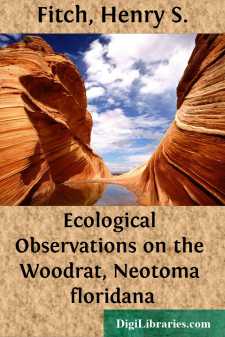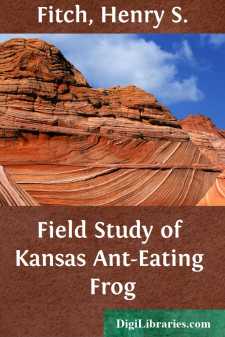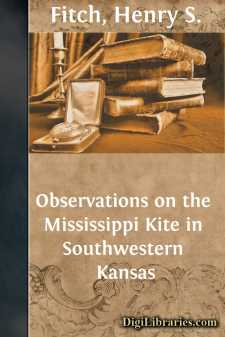Categories
- Antiques & Collectibles 13
- Architecture 36
- Art 48
- Bibles 22
- Biography & Autobiography 813
- Body, Mind & Spirit 142
- Business & Economics 28
- Children's Books 15
- Children's Fiction 12
- Computers 4
- Cooking 94
- Crafts & Hobbies 4
- Drama 346
- Education 46
- Family & Relationships 57
- Fiction 11829
- Games 19
- Gardening 17
- Health & Fitness 34
- History 1377
- House & Home 1
- Humor 147
- Juvenile Fiction 1873
- Juvenile Nonfiction 202
- Language Arts & Disciplines 88
- Law 16
- Literary Collections 686
- Literary Criticism 179
- Mathematics 13
- Medical 41
- Music 40
- Nature 179
- Non-Classifiable 1768
- Performing Arts 7
- Periodicals 1453
- Philosophy 64
- Photography 2
- Poetry 896
- Political Science 203
- Psychology 42
- Reference 154
- Religion 513
- Science 126
- Self-Help 84
- Social Science 81
- Sports & Recreation 34
- Study Aids 3
- Technology & Engineering 59
- Transportation 23
- Travel 463
- True Crime 29
The Forest Habitat of the University of Kansas Natural History Reservation
by: Henry S. Fitch
Description:
Excerpt
IntroductionIn northeastern Kansas, before it was disturbed by the arrival of white settlers in the eighteen fifties, tall grass prairies and deciduous forests were both represented. These two contrasting types of vegetation overlapped widely in an interdigitating pattern which was determined by distribution of moisture, soil types, slope exposure and various biotic factors.
The early explorers who saw this region, and the settlers who came later, left only incomplete descriptions, which were usually vague as to the locality and the species of plants represented. As a result, there is but little concrete information as to the precise boundaries between the forests and grasslands, and opinions differ among ecologists. No representative sample of either type remains.
It may be assumed that the plant communities existing one hundred years ago and earlier were far more stable than those of the present that have resulted from man's disruptive activities. This stability was only relative, however. Within the last few thousand years since the final withdrawal of the Wisconsinan ice sheet, fairly rapid and continual change must have occurred, as a result of changing climate, the sudden extinction of various large, dominant mammals, and finally the impact of successive aboriginal cultures.
The land north of the Kansas River had been a reserve for the Delaware Indians. This land was thrown open to settlement as a result of two separate purchases from the tribe, in 1860 and 1866. The alluvial bottomlands were fertile and soon were under cultivation.
History
Because the prairies and forests were soon destroyed or altered by cow, ax, plow and fire, knowledge of the region's ecology under the conditions that prevailed in the early nineteenth century and the centuries before must be gained largely from circumstantial evidence. Although there were no ecologists among the first settlers in Kansas, occasional glimpses of the region's ecology are afforded by the writings of early residents who mentioned native plant and animal life from time to time. However, such mention was usually casual and fragmentary.
A brief early description of forest in northeastern Kansas, which is casual and incomplete, and perhaps misleading, since it differs from later accounts, was included in Major W. S. Long's report of the exploring expedition that passed through country now included in Johnson, Douglas, Shawnee, Wabaunsee, Riley, Pottawatomie, Jackson, Jefferson and Leavenworth counties in 1819. "The catalogue of the forest trees in this region is not very copious. The cottonwood and the plane tree [sycamore] everywhere form conspicuous features of the forests. With these are intermixed the tall and graceful acacia, the honey locust, and the bonduc, or coffee-tree, and carya [hickory] and fraxinus [ash] ..." (Taft, 1950:442).
A description of the country in northern Douglas County and adjacent Leavenworth County, while it was still in virtually undisturbed condition, was written by Mr. George S....






